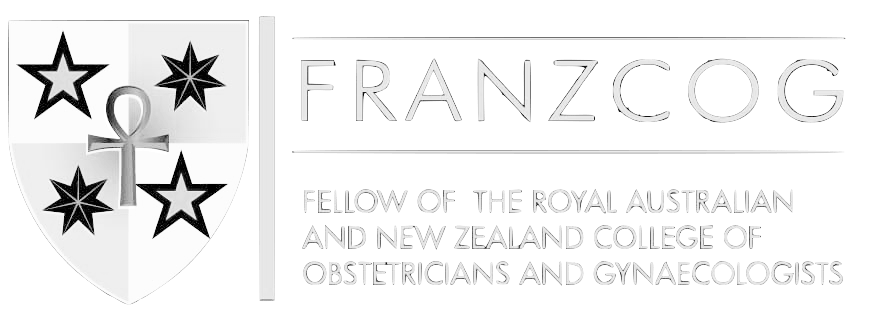IVF Treatment
In vitro fertilization (IVF) is a procedure made famous with the 1978 birth of Louise Brown, the world’s first “test-tube baby.” This type of assisted reproductive technique is often used when a woman’s fallopian tubes are blocked or when a man has low sperm counts.
IVF is a complex clinical procedure that helps to achieve conception by treating existing infertility or genetic problems.
IVF is a time-consuming, costly and an invasive procedure, which takes around 2 weeks for the completion of a single fertilization cycle.
Indications For IVF
The most common indications for IVF include:
- Damaged or blocked fallopian tubes
- Ovulation problems
- Premature ovarian failure (loss of normal function of your ovaries before the age of 40)
- Severe Endometriosis (presence of endometrial tissue outside the uterus)
- Presence of uterine fibroids (benign tumours in the wall of the uterus)
- Male factor infertility, including low sperm count and low sperm motility
- Presence of a genetic disorder
- To preserve fertility for patients with cancer or other health conditions
- Unexplained infertility
IVF Procedure Stages
The stages involved in IVF treatment are:
Ovulation Monitoring
- You will be monitored for signs of ovulation (release of an egg).
Ovulation Induction:
- Dr Alexander may also ask you to take medication to stimulate the ovaries and improve egg production and chances of pregnancy.
- The doctor may administer fertility drugs to boost the production of your eggs.
- UIs are usually performed a day or two after ovulation is identified.
Egg Retrieval:
- During the procedure, you will lie on an examination table. A hormone is injected to release the eggs.
- Your doctor will perform a follicular aspiration, a minor surgical procedure to remove the eggs from your ovaries.
- A probe is inserted through the vagina and into the follicles under ultrasound guidance.
- Each follicle in the ovary is pierced in order to retrieve the egg.
Semen Is Collected
- Semen is collected from your partner at the clinic.
- The sperm sample is washed to select only the best sperm that look normal and highly active, from the low-quality sperm.
- There are higher chances of conceiving if a highly concentrated sample of healthy sperm is used.
Egg Fertilization:
The mature eggs are placed in a culture dish with the man’s sperm. However, in case of very poor sperm count a procedure called ICSI is performed. The scientist injects the DNA of one sperm into the egg.
- After about 24 hours, the eggs are examined to see if they have become fertilized by the sperm and are dividing into cells.
- The egg is usually fertilized a few hours after insemination.
Embryo Culture:
- Division of the fertilized egg forms an embryo.
- The development of the embryo is monitored and within 5 days, a normal embryo has several actively dividing cells.
Embryo Transfer:
- Embryo transfer is performed 3 to 5 days after egg retrieval and fertilization.
- A thin tube containing one or more embryos is inserted into the vagina through the cervix and into the uterus.
- After transfer, if an embryo attaches or sticks to the womb lining, pregnancy is the result.
If the chance of fertilization is low, intracytoplasmic sperm injection (ICSI) may be used where the sperm is directly injected into the egg.
For Patients
First Visit Guide Price & Payments NewsletterFor Referrers
For ReferrersQuick Enquiry
Thank you for contacting us. We will get back to you as soon as possible.
Oops, there was an error sending your message. Please try again later.
About Us
Our focus is on helping our patients stay healthy before during and after motherhood. Read more .
Locations
Suite 16, Level 2
40 Annerley Road
South Brisbane Qld 4101







